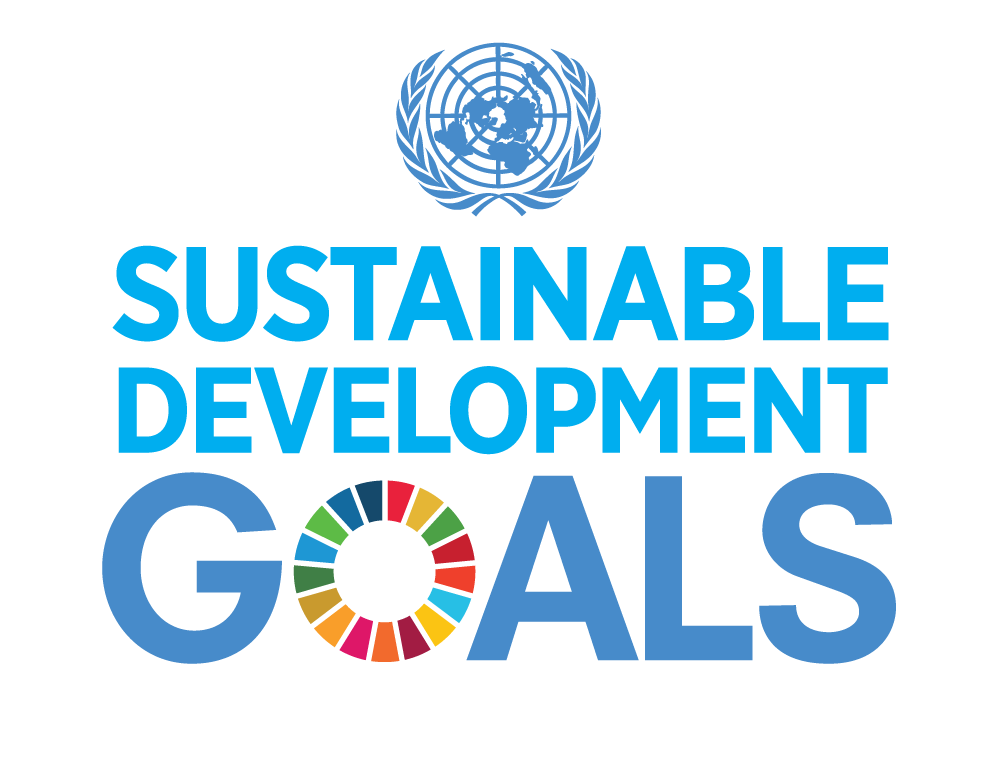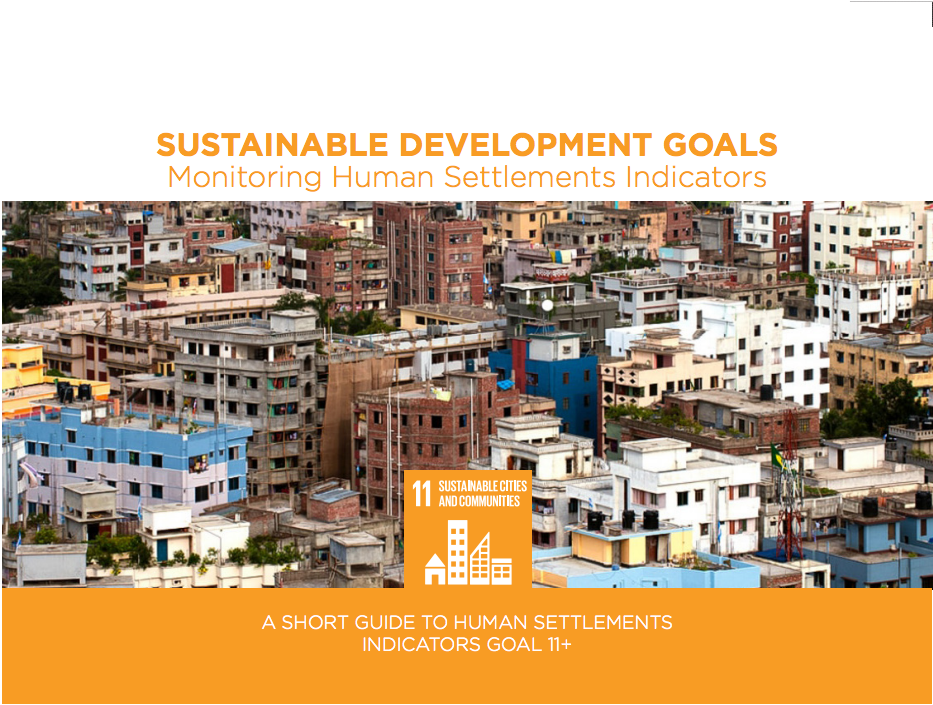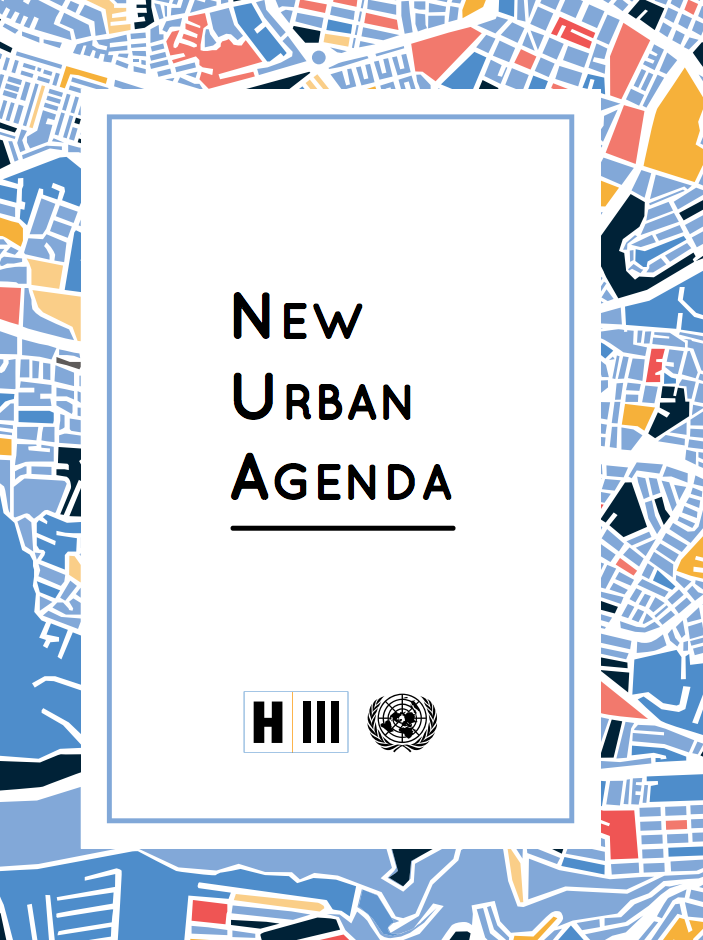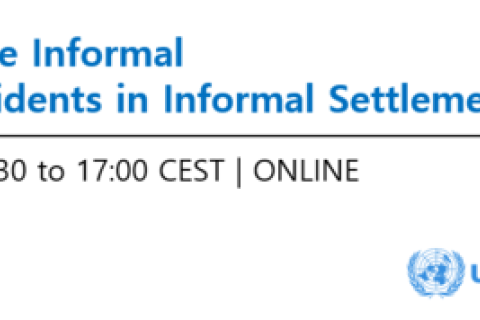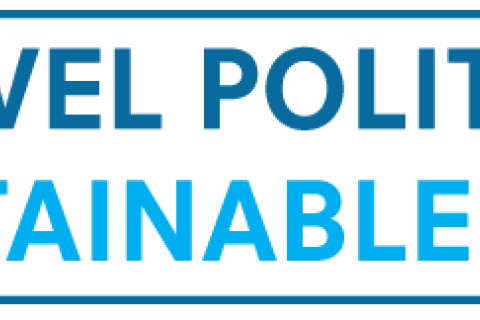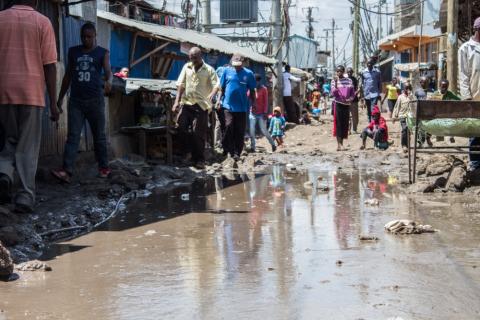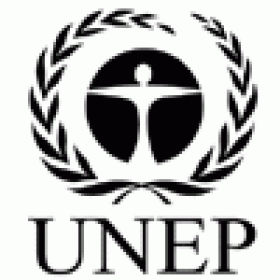
Proportion of urban population living in slums, informal settlements or inadequate housing
Last updated on 1 February 2022
This indicator is currently classified as Tier I. The United Nations Human Settlements Programme (UN-Habitat) is the Custodian agency for this indicator.
Unit of measure: The indicator is unitless, expressing a ratio between the number of people living in households who do not meet one or more of the basic housing conditions and the total population (%), Ratio between the number of households with net monthly expenditure on housing exceeding 30% of the total monthly income and the total population (%), Ratio between the number of households with approved municipal permits and the total population (%)
Why is this indicator important?
Urbanization is one of the most significant global trends of the 21st century. Rapid urbanization without proper planning and governance mechanisms, can lead to tenure insecurity, spatial inequalities and a lack of basic service provision. Expanding slums and precarious informal settlements may increase poverty, pollution, health, and environmental risks. At the same time, displacement for urban development can lead to food insecurity, loss of community structures, and the marginalization of certain segments of the population.
It is thus essential to collect data on the proportion of the population living in slums, informal settlements or those living in inadequate housing so that appropriate policies for addressing housing issues can be developed ensuring no one is left behind.
How is the indicator measured and monitored?
According to the metadata document, people living in informal settlements or slums, do not meet one or more of the five following housing conditions: (1) access to improved water; (2) access to improved sanitation facilities; (3) sufficient-living area (not overcrowded); (4) durable housing; (5) and security of tenure. In addition, the indicator considers whether households have an approved municipal permit as well as their affordability to measure inadequate housing. Most data is derived from censuses and household surveys. In addition, UN-Habitat reports annually on related data in the MDG’s reports. In 2021, the Global Housing Indicators Working Groups suggested to coordinate the worldwide data collection on this indicator.
As of now, indicator measurement covers 320 cities as part of the UN-Habitat City Prosperity Initiative. The data is disaggregated by location, income-group, sex/ethnicity/religion/migration status (head of household), age, and disability status. Planning has already begun for regional and global disaggregation. The major limitations lie with the lack of capacities at national and city levels to assess and monitor all indicator components. Moreover, the indicator does not consider homelessness.
By Anne Hennings, peer-reviewed by Dennis Mwaniki, Spatial Data Expert at UN-Habitat’s Data and Analytics Unit.
Official indicator data
The criteria defining slums, informal settlements and inadequate housing include access to water, access to sanitation, sufficient living area, overcrowding, structural quality, durability and location, security of tenure, affordability, accessibility, and cultural adequacy. * Select "year" below to see the most recent data for more countries.
Other related indicators on the Land Portal
In addition to the official indicator data, the following indicators provide information concerning urban land administration, access to feasible and affordable formalization, and efforts to improve informal settlements.
| Indicator | Min-Max Number of years |
Countries / Obs | Min / Max Value |
|---|---|---|---|
| Formalization of urban residential housing is feasible and affordable | |||
| Individual land in urban areas is (i) recorded and (ii) mapped | |||
| Process to improve informal settlements exists | |||
| Urban Population |
Tier Classification for Global SDG Indicators
This document contains the updated tier classification, based on changes made by the Inter-agency and Expert Group on SDG Indicators (IAEG-SDGs) following its 3rd (March 2016), 4th (Nov. 2016) and 5th (March 2017) meetings. The tier classification of many indicators is expected to change as methodologies are developed and data availability increases.
Monitoring urban expansion and its effects on land use and land cover changes in Guangzhou city, China
There are widespread concerns about urban sprawl in China. In response, modeling and assessing urban expansion and subsequent land use and land cover (LULC) changes have become important approaches to support decisions about appropriate development and land resource use.
Sustainable Development Goals: Monitoring Human Settlements Indicators
Today, more than half the world’s population lives in cities. By 2030, it is projected that 6 in 10 people will be urban dwellers. By 2050, the figure will have risen to 6.5 billion people; representing two-thirds of all civilization.
The New Urban Agenda
The New Urban Agenda represents a shared vision for a better and more sustainable future – one in which all people have equal rights and access to the benefits and opportunities that cities can offer, and in which the international community reconsiders the urban systems and physical form of our urban spaces to achieve this.
Tenure Security Premium in Informal Housing Markets
This paper estimates slum residents
willingness to pay for formalized land tenure in Pune,
India. In so doing, it offers evidence that the legal
assurance of slum residents occupancy of their lands could
benefit them. Previous studies have discussed legal and
Paginação
ONLINE workshop "Formalizing the Informal to Protect Residents in Informal Settlements"
As a response to the COVID-19 pandemic, many countries requested their citizen to ‘stay at home’ to stay safe. Not for everyone home is actually a safe place. Housing conditions and density of informal settlements often do not allow residents to follow basic hygienic measures or to keep the minimum social distance to reduce spreading the virus.
High-Level Political Forum 2019 (HLPF)
The High-level Political Forum, United Nations central platform for follow-up and review of the 2030 Agenda for Sustainable Development and the Sustainable Development Goals, provides for the full and effective participation of all States Members of the United Nations and States members of specialized agencies.
Access to Land Lies at the Heart of Ending Poverty
From 11-14 November in Bahrain, decisions are being made that will influence priorities of governments around the world.
In September 2015, at a meeting of the United Nations General Assembly, 193 countries endorsed the 2030 Sustainable Development Goals – known as the SDGs or Global Goals. This collection of 17 ambitious goals and 169 targets form a framework to address the global challenge of eradicating poverty.
Kenyan slum activists build climate change resilience from the bottom up
By: Lou del Bello
Date: 12 January 2017
Source: IRIN
Living in the Kenyan slum of Mukuru is hard enough, but when it rains it’s downright miserable. Streets flood, sewage overflows, homes are inundated.
After each bout of torrential rain, Nairobi’s largest informal settlement is left a little shabbier, a little poorer, the community more insecure.
Paginação
![]()
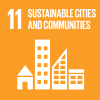
By 2030, ensure access for all to adequate, safe and affordable housing and basic services and upgrade slums
Indicator details
The Indicator is conceptually clear, has an internationally established and available methodology and standards, and that data is regularly produced by countries for at least 50 per cent of countries and of the population in every region where the indicator is relevant.
Key dates:

